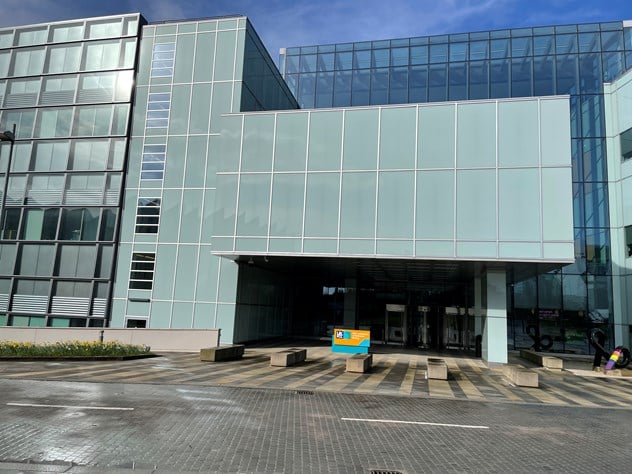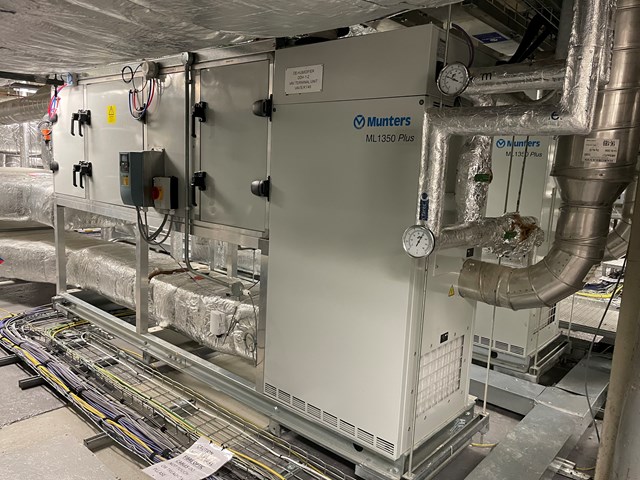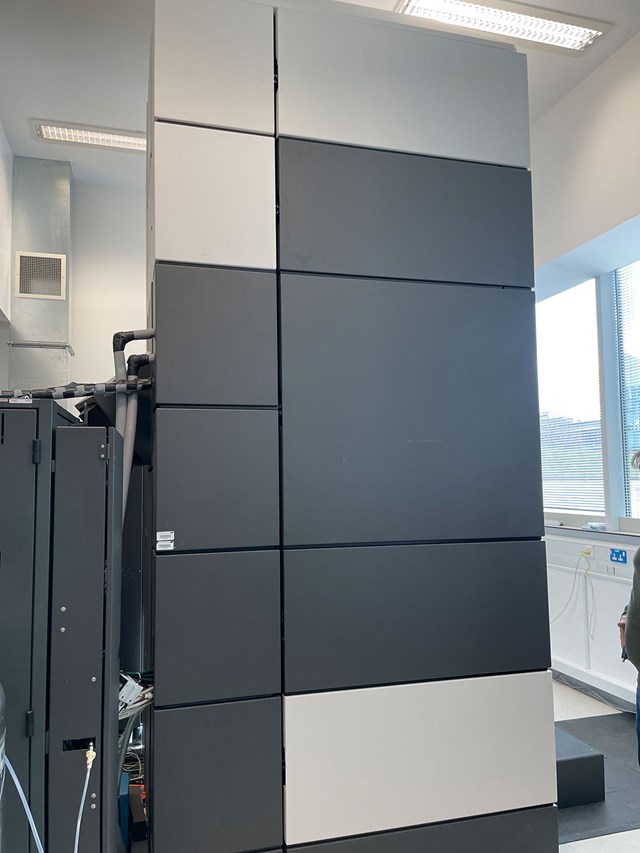Der opstod en fejl under afsendelsen af beskeden, prøv igen senere
Forretningsområde
Sign in
Branche
-
Landbrug
- Bilindustrien
- Battery
- Kemisk industri
-
Erhvervs- og offentlige bygninger
-
Byggesanering og skadeservice
- Data centers
-
Forsvaret og luftfart
-
Elektronik
-
Fødevarer og drikkevarer
-
Generel industri/produktion
-
Drivhuse
-
Sundhedssektoren
- Olie, gas og petroleum
- Medicinalindustrien
-
Kraftværkindustri og distribution
- Papir- og trykkeribranchen
-
Underholdning og fritid
-
Detailhandel og supermarkeder
-
Skibsfart og -byggeri
- Stålindustrien
-
Oplagring, bevaring og arkiver
- Midlertidige bygninger
- Vandforsyning og spildevand
Løsninger
- Komfortventilation
- Cold storage
- Kombineret styring af temperatur og luftfugtighed
-
Køling
-
Data center cooling
- Affugtning
-
Tørrerum
- Energigenvinding
-
Farm-management
-
Opvarmning
-
Befugtning
-
Mist Elimination and Gas Liquid Separation
- Dråbeadskillere
- Begrænsning af forurening og VOC
- Spray drying
-
Ventilation
- Service
- High-Temperature
- Rental Solutions
-
Mass Transfer



